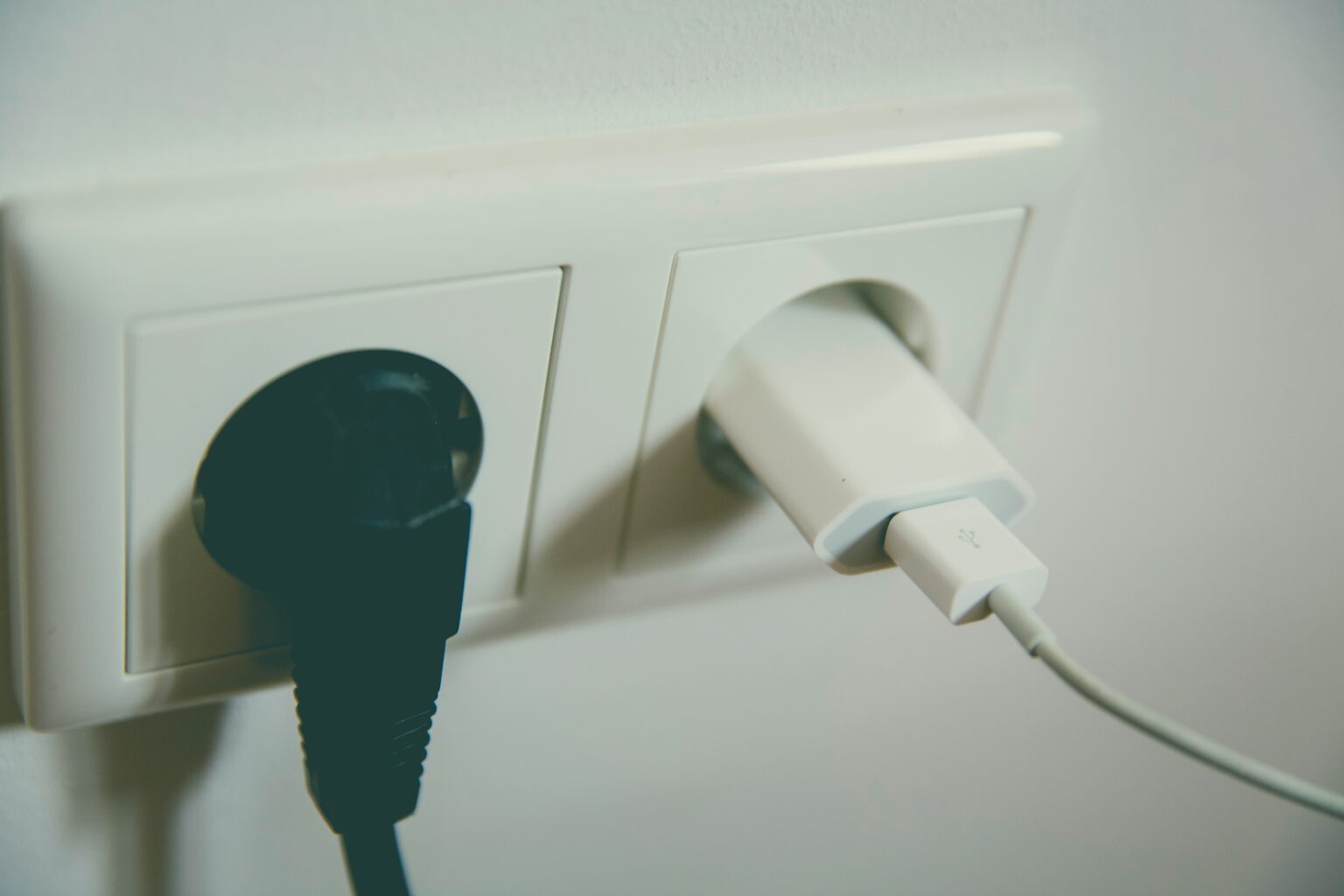It is enough for the electricity bill rate to rise to review all the appliances that are consuming a lot of energy at home. In addition to those little lights that are already on all the time — from the TV, microwave and refrigerator — that influence the bill, does leaving your device charger in the socket also consume energy even when not in use?
- How to get water out of cell phone speaker using apps
- What do the specifications on cables and chargers mean for power (W), current (A), and voltage (V)?
Many people are in the habit of leaving the source of the notebook, cell phone and smartwatch directly in the socket. Let’s face it, the constantly plugged-in power adapter is much more convenient in everyday life. Even, for this reason, there are those who opt for the wireless charger, which eliminates the need to use different cables for each device you have at home.
The truth is that the charger will always consume energy even when not in use, that is, even if it is not connected to the device, the source pulls power, but there is no reason to worry.
By adopting this practice, the consumer will not have a significant expense capable of impacting the electricity bill.
On the other hand, cell phone power also does not influence the value of the bill.
Is it safe to leave the charger plugged in?

At first yes.
Chargers undergo a series of tests and must be certified by regulatory bodies before reaching the market.
Specialists consulted by our report confirm that, as long as you use original sources, there is no risk in leaving them always in the socket.
As for official devices, that is, licensed devices, they are extremely safe and have protection circuits. So, there is no problem at all, as they were planned to be connected to the outlet
Despite this, it is advisable to avoid it. In addition to being exposed to lightning strikes, there is a risk that you could damage the equipment by accidentally stepping on or letting go. Children and animals can also be injured by biting the power cord.
For safety reasons, it is better to take it out. Not because it will cause a fire hazard; it’s more from a functional point of view, so as not to create a risky situation.
If keeping the power supply always plugged in doesn’t create that much risk, having your cell phone constantly on power can be very harmful. According to Battery University, it is advisable to regularly power your device up to 80% and avoid full discharges, that is, let the device completely discharge.
How to know how much power a device consumes?
Now that you know that the constantly connected charger is not the main villain in your pocket, it is worth understanding how the other equipment in your home consumes energy. For this, we need to gather some information to then arrive at the result.
To get started, identify the power of the device and the interval at which it is on. This is the formula used: Eel = P.∆t P = Power(kW) ∆t = time of use, which considers energy consumption (kWh), product power (kW) and the period of use (in hours).
Consult the average kWh price charged with your energy company. This value changes in each region and even the dreaded tariff flags influence the final value.
Is that you? Do you have the habit of leaving the charger always plugged in? Did you already know that the cost is very low? Tell us here in the comments
